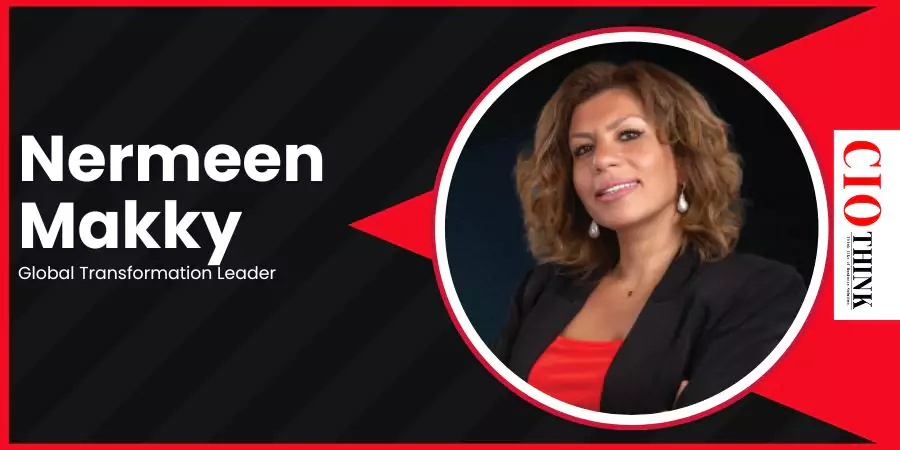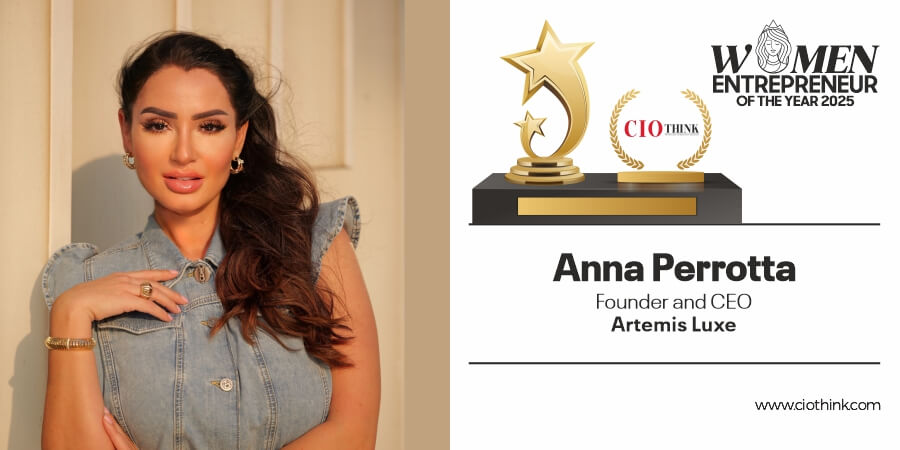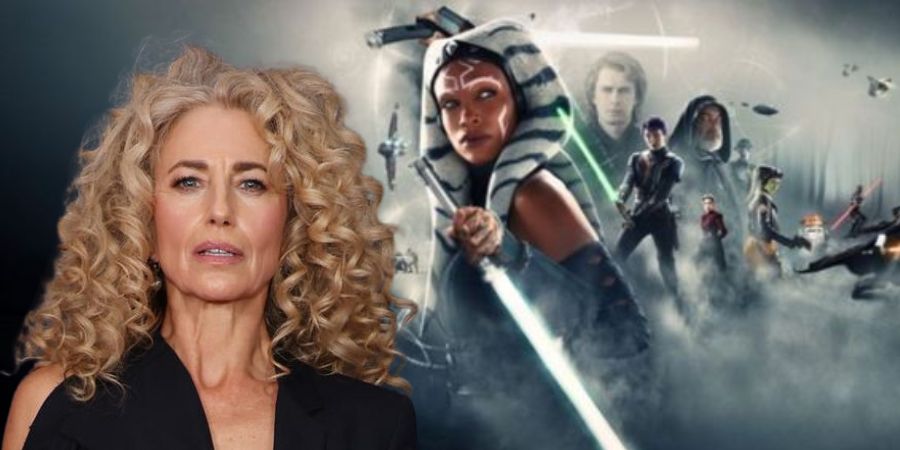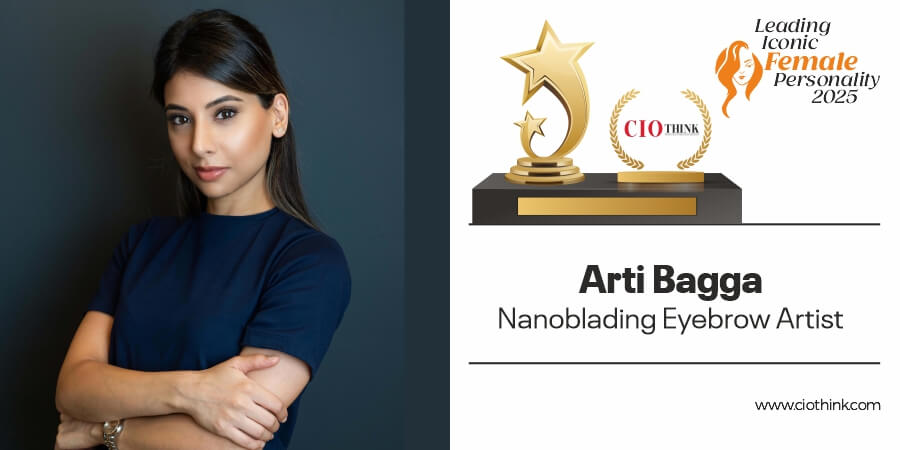In the ever-evolving landscape of HR and organizational development, few leaders have demonstrated the ability to spark change across borders and industries as powerfully as Nermeen Makky. With a career that spans continents—from the Middle East to Europe, APAC, and LATAM—and a transformative presence in pharma, energy, and banking sectors, Nermeen is more than a People & Culture strategist; she is a movement maker, redefining the future of work with empathy, authenticity, and vision. In this exclusive cover story, we delve into the mind and mission of one of today’s most inspirational global HR leaders.
What early experiences or core values shaped your path into transformational HR leadership?
I’ve always believed that people are the heart of any organization—and the true engine of transformation. My journey began across varied sectors, from investment banking to energy and then into a 13-year chapter within pharma. Across these experiences, one truth became clear: transformation without a people-centric, business-driven vision leads nowhere.
I learned that HR isn’t a support function—it’s a strategic driver. What shaped me most were values like courageous authenticity (inspired by my late father), strategic curiosity, and a deep-rooted purpose to impact people’s lives meaningfully.
Was there a defining moment when you truly grasped the power of culture in driving business success?
Absolutely. I was leading the People & Culture workstream for a global transformation impacting over 18,000 employees. We started by co-creating the desired culture—not in isolation, but through inclusive collaboration across regions and roles.
That experience showed me that culture doesn’t just support strategy—it shapes it. When culture is intentionally designed and people are part of the process, implementation becomes a movement, not a mandate. Watching teams transition from compliance to co-creation—that was the moment I knew culture was the real game-changer.
How do you balance a long-term vision with the urgent needs of a rapidly changing organization?
It’s a constant dance between zooming out and zooming in. I always anchor our long-, mid-, and short-term goals to our core purpose. I ask: what kind of leadership and culture will make us thrive tomorrow? Then I narrow in on: what bold step can we take today?
The key is agility—being able to iterate and pivot without losing sight of the bigger picture. It’s aspiration in action.
What are the top strategies you employ when leading global cultural transformation?
Three words: sensing, co-creation, and sponsorship.
- Sensing—internally and externally—is crucial. I listen deeply to surface unspoken needs and contextual realities.
- Co-creation ensures ownership from day one. When teams help shape the vision, it’s no longer “top-down”—it’s theirs.
- Sponsorship is the glue. Without committed leaders walking the talk, transformation remains just talk.
Can you share a transformation project you’re particularly proud of?
Leading the development of our Future Capabilities Framework stands out. It wasn’t just a tool—it became the foundation of our global transformation, guiding culture, leadership, and capability shifts.
The real impact came from how it was built: through deep collaboration across affiliates and global functions. It changed how we worked, led, and learned—not by mandate, but through shared belief.
In this digital-hybrid era, how do you cultivate a culture of learning and innovation?
I believe in embedding learning into the flow of work—anytime, anywhere. Learning isn’t about programs—it’s a mindset. The best organizations embrace the idea that yesterday’s knowledge might not serve tomorrow’s challenges.
We must create psychologically safe spaces where people feel empowered to challenge, experiment, and grow. Innovation thrives where curiosity is rewarded—not just performance.
How important is emotional intelligence in building future-ready cultures?
It’s foundational. We’ve moved from a VUCA world to a BANI one—brittle, anxious, non-linear, incomprehensible. In this landscape, emotional intelligence is no longer a nice-to-have; it’s essential.
Empathy, self-awareness, and the ability to hold space for ambiguity are what create trust—and trust is what drives transformation. The strongest teams I’ve seen didn’t have all the answers, but they had psychological safety, collective accountability, and mutual respect.
How do you champion women in leadership and advance workplace equality?
I mentor, coach, and openly share my story—including the setbacks. Visibility matters. I challenge biased assumptions, advocate for inclusive policies, and amplify women’s voices across regions.
Every conversation is a chance for mutual growth. If even one woman takes a bold step forward after hearing my story, it’s worth it.
What systemic barriers still exist for women in HR leadership—and how can they be dismantled?
While we’ve made strides, challenges remain—especially in sponsorship, representation, and persistent double standards. Organizations must go beyond optics and address these biases in everyday decisions.
Investing in tailored leadership pathways for women and holding leaders accountable for equity outcomes is essential. Real change demands courageous leadership and conscious, sustained action.
What advice would you give to young women entering the HR and organizational development space?
Own your story. Stay curious. Don’t wait for permission to lead.
HR—or as I prefer, People & Culture—is your gateway to shaping organizations, impacting lives, and enabling growth. Do it with heart, confidence, and boldness. The sky is truly the limit.
And one piece of advice I carry with me? “Always ask for forgiveness, not permission.” Sometimes, the boldest moves begin by trusting yourself.
How do you see the role of HR and OD evolving in the next five years?
HR will become the Organizational Navigator—a strategic force guiding companies through complexity. It will shift from internal focus to ecosystem awareness, with insights driving agile, scalable operating models.
We’re heading toward skill-based and gig-style talent models, where OD plays a central role in designing systems for speed and adaptability. As AI and automation rise, collaboration with IT and data fluency will become non-negotiable. But above all, we must remain deeply human.
What three traits must tomorrow’s HR leaders develop to thrive globally?
- Strategic Curiosity – to connect trends, anticipate disruption, and see around corners.
- Empathic Transformation Fluency – blending EQ with systems thinking.
- AI Literacy – understanding tech’s potential and limitations while staying human-centered.
What legacy do you hope to leave as a global transformation leader and people champion?
I’ve been called “The People Lady” and “The Unicorn Leader”—and those names reflect what I cherish: making transformation more human.
I hope to be remembered for leading with authenticity, shaping inclusive cultures, and helping others step into their own leadership voice. As AI and automation accelerate, I believe the soul of the workplace will remain human—and if I’ve helped organizations honor that balance between innovation and empathy, that’s a legacy I’m proud to leave behind.






